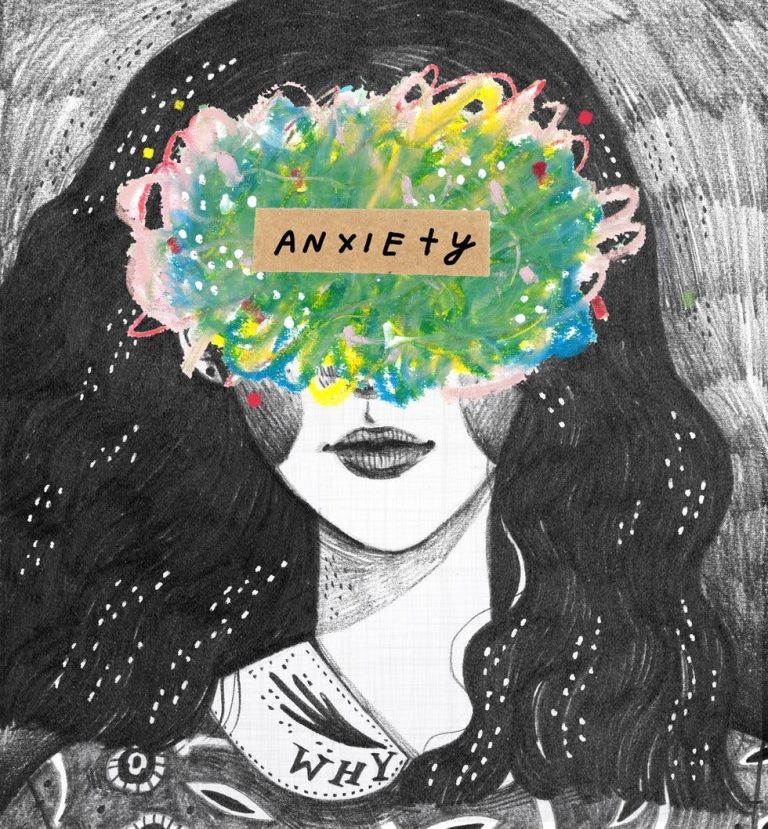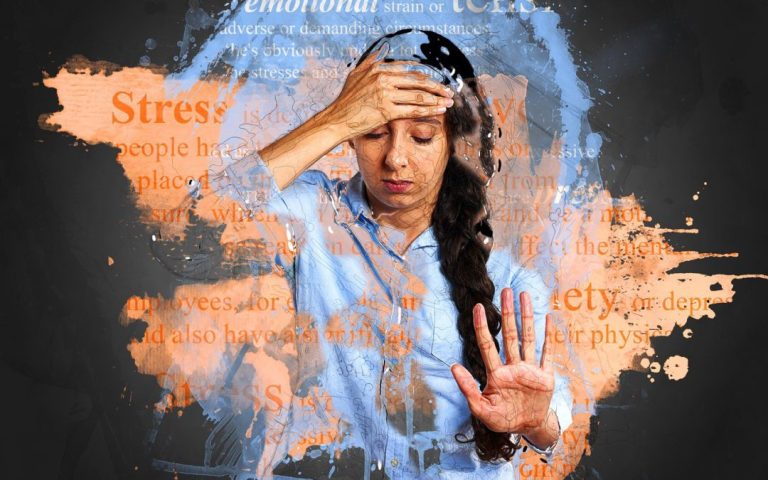At A Glance: Social Anxiety and Childhood Development
In this week’s article, we will be exploring how the cognitive development of a child can influence the development of Social Anxiety Disorder while also exploring how prominent it is in society, with some focus on its prominence in Irish society. Our knowledge of SAD has moved on from simply acknowledging that it is more complex than shyness to an understanding of the various factors mentioned previously.
Social Anxiety Disorder or SAD (Not to be confused with Seasonal Affective Disorder) for those who are not familiar is a psychiatric disorder characterised by moderate to severe anxiety due to intense fear of negative social evaluation by others when exposed to various forms of social interaction, which can include some or all of the different social situations in a person’s life. This has a negative impact on the quality of life of the individuals as it affects their connection with other people, resulting in less satisfaction in relationships (Family, friends, and romantic relationships), something which is very important to a person’s mental and emotional wellbeing. It is a relatively common disorder affecting as many as 13 percent of Irish Adults, and 5 to 12 percent of American Adults. Given that the population of Ireland is much smaller than that of the population of the USA, it must not be mistaken based on the given percentages that there are fewer people suffering from SAD in the USA. This of course only covers those that have sought help as the nature of SAD causes many people to feel overly embarrassed about seeking professional help.
“Even now it comes as a shock if by chance I notice in the street a face resembling someone I know however slightly, and I am at once seized by a shivering violent enough to make me dizzy.”
Osamu Dazai
Genetics, environment (Including demographic influences and negative experiences) and serotonin levels all are believed to play a role in the development of SAD, however, we will be focusing on the factors surrounding childhood cognitive development. Parental influence has greatly contributed to whether a child will grow into an adult with SAD and this influence can begin as early as infancy. Children of parents who react to them negatively begin to learn as early as infancy that interaction with others is high risk. Furthermore, children of anxious parents are at risk of developing social anxiety in their teens and adulthood as a learned behaviour. Think about it this way, if a child sees their mother interacting in social situations in an anxious manner or if the parent frequently admonishes that child unreasonably for their social behaviour as a projection of their own issues, the child, who trusts the parent to know where the danger lies will begin to develop their own anxious mindset regarding social interaction. This can lead to inhibited behaviour in social interactions and if this continues into adolescence, it can lead to the onset of SAD.
In addition, negative social experiences an adolescent may have, for example, bullying, or feeling disconnected from their peers can further increase their susceptibility at an already vulnerable age. A child or adolescent, much like the child who faces a negative reaction from their parent, who faces rejection from their peers is much more likely to view themselves as socially inept, or otherwise undesirable to their peers, further increasing their fear of being perceived negatively by others. These lead to anxious
The onset of SAD in this stage of life can also inhibit healthy social development which further down the line can cause problems in their adult lives in areas such as career and relationships and general well-being. SAD generally continues into adulthood if left untreated in childhood and adolescence and with this comes a higher risk of substance abuse or alcoholism as well as an increased risk of depression.
Societal expectations and pressure also play a part in the development of SAD and these pressures apply to all ages of onset. Throughout history, we read about the societal expectations and customs that were in place from the high expectations of social decorum in the 1800s to the present day, which if not followed held the risk of exclusion from society by peers. Today while we do not follow the same customs, there is no less pressure on young people especially, to behave in certain ways and very often these young people feel obligated to fit in with their peers and if this is not who they are intrinsically, it undoubtedly will cause a lot of stress.
All of this can be difficult. We are told to be ourselves, but for many it feels as though, while we are told to be ourselves, we still have to adhere to certain societal rules so for someone who is aware of this dynamic it can be a great source of anxiety and it will feed into worries about how they act in social situations and how they will be perceived by those around them. A person suffering from SAD at any age is at risk of fearing rejection from society as a whole in this situation which further fuels their risk of low self-esteem and depression. Have you ever experienced what you considered to be social anxiety? If you can relate, how did it affect you? What has helped you cope with these feelings during social interaction? We would like to hear about your experiences with social anxiety!





